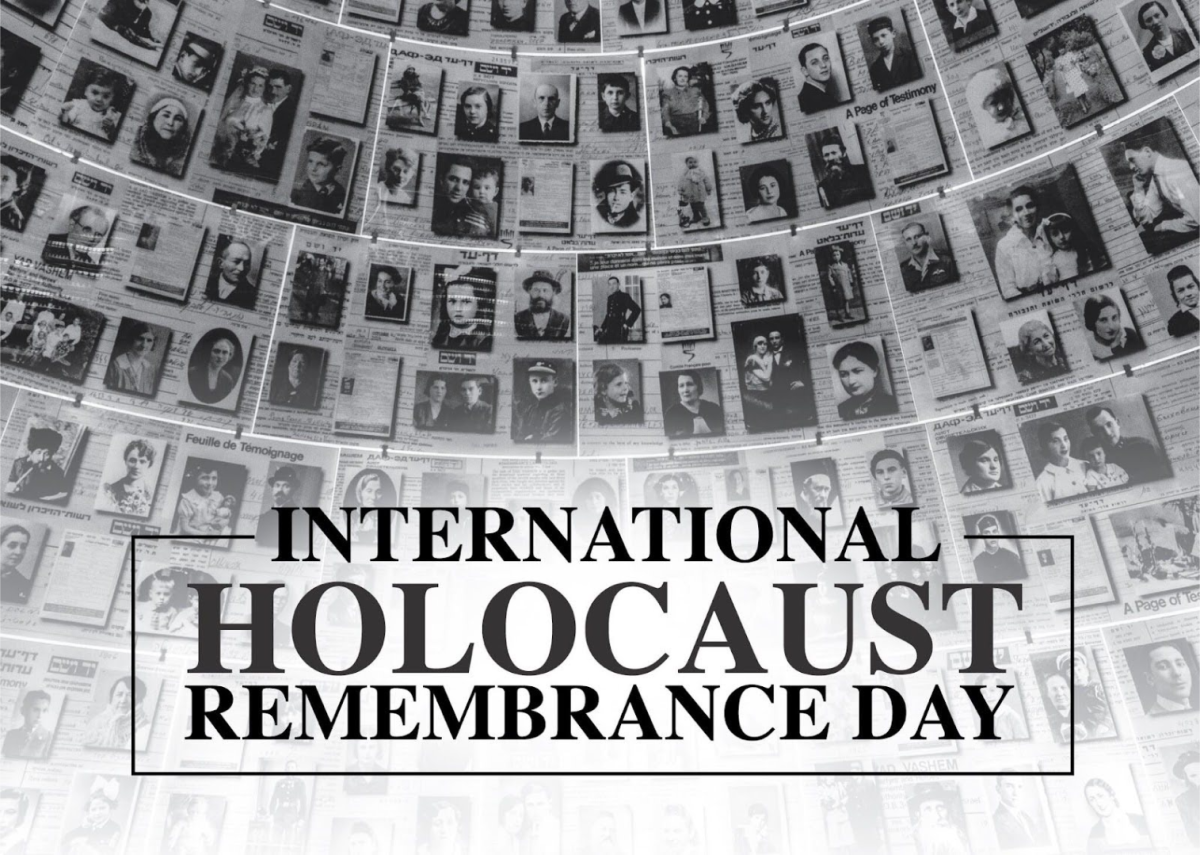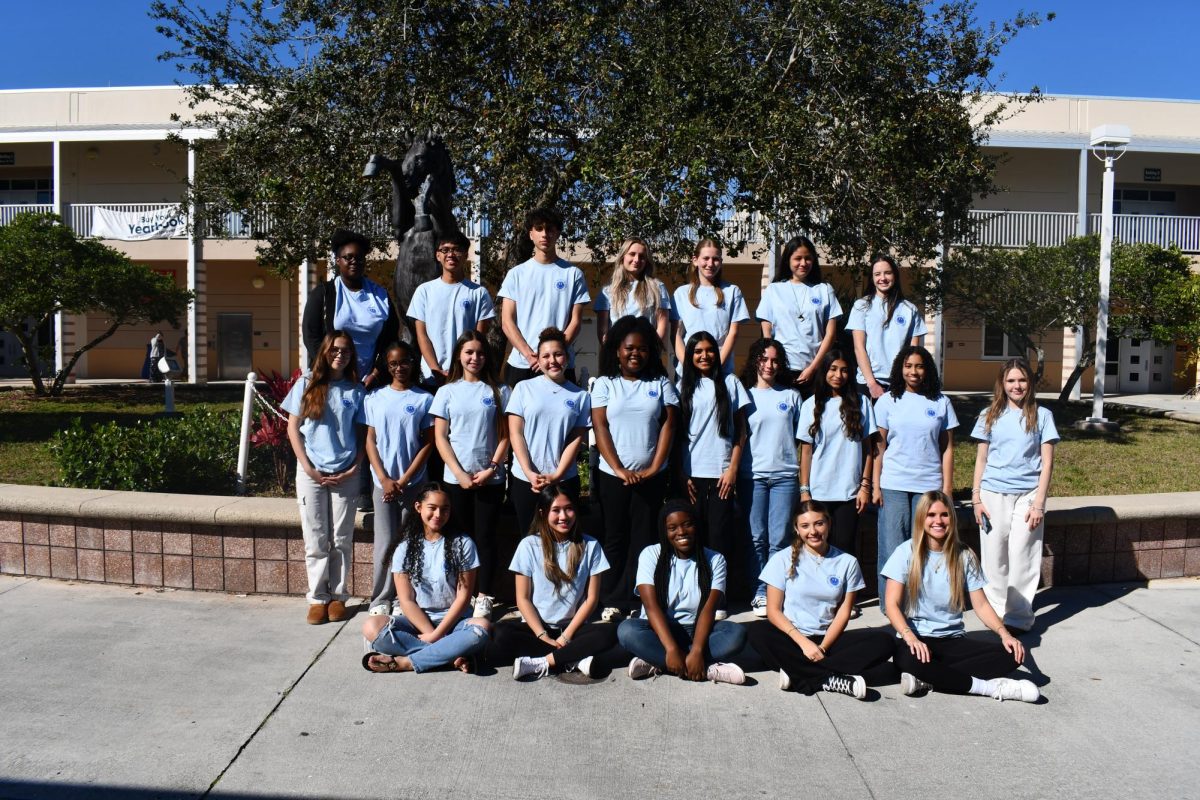Generation takes to streets for social unrest, social change
October 21, 2020
Generation Z, or Gen Z for short, is one of the most racially and ethnically diverse generations, so it is no surprise that more social movements have popped up under their reign, making their voices heard throughout vast platforms and communities.
One of the largest movements, Black Lives Matter, is one such platform. Although originally created in 2013 by Alicia Garza, Patrisse Cullors, and Opal Tometi in response to the murder of Trayvon Martin, this movement has received a spike of attention since the death of George Floyd in May 2020.
It began after a store owner called the police to report that a man identified as George Floyd had attempted to pay with a counterfeit $20.00 bill. When officers arrived, they approached Floyd in his vehicle and ordered him to show his hands by pointing a gun towards him.
According to BBC News, “Officer Lane asks Mr. Floyd to show his hands at least 10 times before ordering him to get out of the vehicle…Officer Chauvin pulled Mr. Floyd away from the passenger side, causing him to fall to the ground.”
When witnesses gathered around, 17-year-old Darnella Frazier pulled out her cell phone to record. According to witnesses, Officer Chauvin proceeded to place his left knee between Floyd’s head and neck. According to the video and court documents, Floyd repeatedly told the officers “I can’t breathe.” Officer Chauvin kept his knee on Floyd’s neck for 8 minutes and 46 seconds.
Another officer checked Floyd’s pulse on his right wrist, but could not find one. Officer Chauvin still had his knee on Floyd’s neck, despite spectators yelling for the officers to get off of him. Eventually, when the paramedics arrived, Officer Chauvin removed his knee from Floyd’s neck. At the hospital an hour later, Floyd was pronounced dead.
Frazer then posted the video to Facebook where millions reposted and reacted. This video surfaced around many different social media platforms gaining attention from people all over the world.
Even after all the attention the video received on social media, the officers that were there that evening, Tou Thao, J. Alexander Kueng, Lane, and Chauvin, were not immediately charged. This left many demanding justice for Floyd. As a result, many Gen Zs took up the cause through protests, petitions, funding pages, and social media posts to advocate justice for Floyd’s alleged killers.
Many of the protests took place in major cities such as Minneapolis, Miami, West Palm Beach, Santa Monica, Dallas, and New York. At one point, according to The New York Times, every state in America had a protest for the justice of George Floyd. These protests even extended out globally with Germany, Canada, France and so many more taking part in the marches.
The officers used tear gas and rubber bullets to try and disperse and discontinue the protests. But no matter what adversities they faced, the protesters continued on triumphantly. Gen Z pushed forward the agenda of Black Lives Matter all around the world and made sure that no voice was silenced.
Although there was looting at stores such as a Minneapolis Target (Floyd’s hometown) and several New York shops, many of the demonstrations were peaceful. Some areas also reported that it wasn’t the BLM demonstrators that were looting. Back in Minneapolis, a white supremacist identified by police as “The Umbrella Man,” was responsible for instigating some of the looting. Police gave him the nickname because he would use a black umbrella and a sledge hammer to break store windows. This individual has been linked to a group called the “Aryan Cowboys.” Police also reported that some BLM marchers were discouraging people from looting as it would hurt their cause.
The Armed Conflict Location & Event Data Project (ACLED) examined over 7.750 Black Lives Matter demonstrations in all 50 states between May 26 and August 22. According to a report done by the The Armed Conflict Location & Event Data Project, “93 percent of Black Lives Matter protests have been found to be peaceful.”
On September 10, four months after Floyd’s death, the four officers involved were finally arrested and charged with a variety of offenses.
“There are problems that have not yet been solved,” said sophomore Julia Chot. “But no matter what we have to stand up for what is right.”
The death of George Floyd provoked many a part of Generation Z to bring attention to other deaths in the black community that have been ignored: Elijah McClain, Sandra Bland, David Yearby, Sean Bell, David McAtee, Alton Sterling, Philando Castile, Michael Brown, Atatiana Jefferson, and so many more.
Gen Z has fought and pushed the agenda of Black Lives Matter so vigorously, that the government in certain states have already taken action to prevent and stop police brutality.
The death of Breonna Taylor–shot by officers while asleep in her home–sparked the minds of Gen Z as they took it upon themselves to protest each and everyday as well as sign petitions, until something was done as a result of her death.
According to Dr. Sharon Elise, professor of sociology at California State University San Marcos “A new ‘Breonna’s Law’ was passed in Louisville banning the no-knock warrant, and the chokehold is banned now in San Diego and elsewhere in the country.”
“We are the generation of change,” said sophomore S’nia Tribble. “We are part of the change because we are that powerful.”
Activists within Gen Z are using social media to organize and educate not just for BLM but for climate change, gun control, and so much more.
Lily Mandel, a 17-year-old student in Pennsylvania, organized an activist group in her hometown to create awareness and support for climate change.
“We’ve had this idea of growing up thinking, what the heck is this? What the heck is going on?” Mandel said in an interview with the Associated Press. “This whole time we’ve been growing up thinking this isn’t right. This is crazy. We need a whole new system.”



